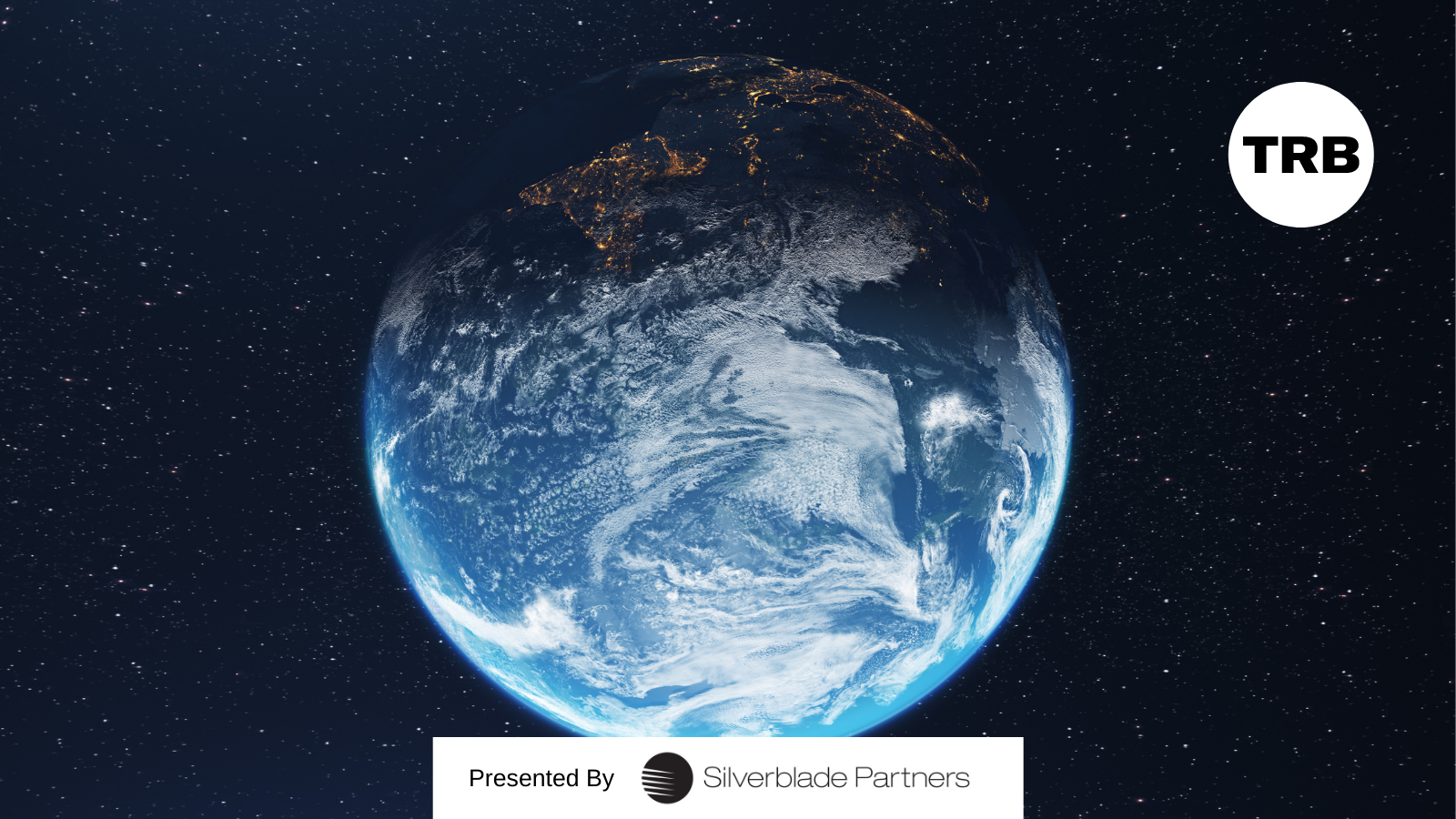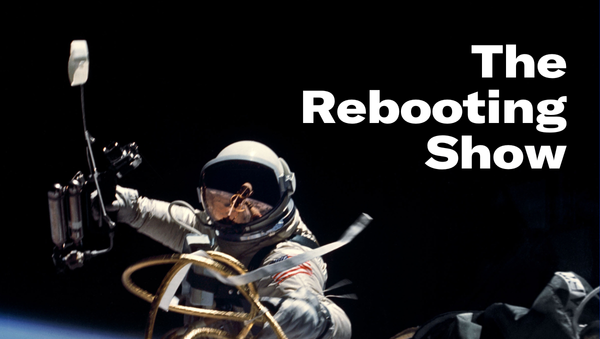The bifurcation of digital media
The digital upstart of the last decade hit middle age

Welcome to this week’s edition of The Rebooting. If you haven’t already, please check out The Rebooting Show on either Apple Podcasts and Spotify. One favor: If you like the show and use Apple, please leave a rating and review. The news of Vox Media signing a deal to acquire Group Nine convinced me to return, for just one more week, to the next chapter for digital media and how it will likely bifurcate between large players competing on scale and optimization and nimble newcomers building new models.

Covid is a good reminder that we tend to have a horrible concept of time. We always think things will happen faster than they do when in reality they always take longer, often significantly longer. We’re surprised too by how long in the past some things are – Y2K doesn’t seem so long ago to me, but it is as far in the past to now as the Carter administration was to 2000. By the same token, our minds are wired to think of sharp breaks when transitions are usually halting and blurry. The same has taken place in digital media over the past decade as the scale era in digital publishing enters the consolidation phase at a far different time than the heady days of 2015-2017, when digital media giants like BuzzFeed, Vox Media, Group Nine and Vice Media were ascendent and a favorite of investors. Needless to say, the mood has changed. Even in a frothy market with a buoyant ad market, these companies are not nearly as valuable as they once were.
The deal for Vox Media to buy Group Nine at the end of 2021 has created a somewhat neat bookend to this cycle. For these digital media companies, the next phase of growth will take place on the basis of operational excellence, the ability to use scale in infrastructure, data and audiences in order to create competitive advantage. Call it the pivot to accountability. There will be cost cutting and more hardball with unions. (One digital media executive shared BuzzFeed’s stock woes with angry noises from the unions with the remark “These unions could not be more disconnected from the reality of the business they work in.”) After all, what’s the alternative?
It’s a far cry from the boasts of being Bonnie & Clyde. For years, the big digital media players were heralded as the engines of innovation in digital publishing. That’s why traditional media companies like Hearst, NBC, Discovery and Disney invested in them. There was a palpable fear in traditional media companies that this group of upstarts would eat their Michael’s lunches.
But now, the upstarts are maturing. Vice was founded in 1994, Complex in 2002, Group Nine in 2004 as Thrillist. Refinery29, Huffington Post and Vox in 2005, BuzzFeed and PopSugar in 2006. They’re middle aged now and have middle-age concerns like paying down their mortgages and losing some of the fat that’s appeared around the midsection.
Even the announcement of the Vox-Group Nine deal was something of a throwback with boasts of 350 million social media followers and 6 billion monthly video views and being a combined top 10 Comscore publisher. “Scale matters” is still the message. Yet, distribution is changing, as Troy Young notes, and these legacy digital publishers are trying to catch up. Citing Comscore is a red flag that you’re fighting the last war, not the next one or even the current one.
These mature companies are likely not inventing the future of digital media. The idea that BuzzFeed is as meaningful of a brand to today’s youth as it was to 2012’s youth is fanciful. That’s the fate for every youth media brand. Just ask MTV how that goes. Jonah Peretti is now talking “operational leverage,” while Vox CEO Jim Bankoff highlighted the deal helping Vox be “a more financially sustainable company.” Everyone becomes their parents eventually.
The chilly reception of BuzzFeed – shares are down 40% from its IPO last week– highlights an essential challenge for many of these companies eyeing the stock market: Even if the market bought into the thesis of greater scale and operational rigor yielding reliable profits, why are the people who led unprofitable companies for so long the ones to do that? BuzzFeed’s suffering a credibility gap. Vox asserted a $100 million profit, although it’s unclear just how “adjusted” that figure is. Vice is targeting profitability next year at last.
An alternative possibility is this same playbook being run by others. At Dotdash, Neil Vogel and team completed a remarkable turnaround at the artist formerly known as The Mining Company. Reviving old internet brands rarely works, but Dotdash pulled off a verticalization strategy that has put itself now in position to be steward of storied brands with the $2.7 billion Meredith deal.
Similar to Dotdash, Red Ventures is the big and profitable digital media publisher that’s often flown under the radar since its marquee brands – The Points Guy, Healthline, CNET – aren’t the kinds of places that get New York media reporters excited. What it has done is develop a successful model. The New York Times has 7.6 million subscriptions and is aiming for 10 million. Adding The Athletic (at the right price) makes a lot of sense.
The moving chess pieces of these players can also obscure the stirrings of the next phase of digital media innovation. That action will take place on the niche level, with brands (individual, collective and institutional) focused on specific audiences and communities, and diversified business models that don’t rely on mass advertising. Consider these developments over the past week to compare to the consolidation phase of the scale game.
- Pat McAfee signed a deal with FanDuel that will pay a reported $120 million over four years, a remarkable windfall after just five years of building a sports and comedy brand following an NFL career, initially at Barstool and beginning in 2018 independently. Timing helps: He made the move just as (legal) sports gambling exploded in the U.S.
- Veteran publishing exec Janice Min is joining a Substack newsletter focused on the business of Hollywood, The Ankler, as editorial director and columnist.
- Food52 is now valued at $300 million after another $80 million round. The funding will help Food52 acquire a home decor retailer as it further blurs content and commerce – with commerce being the lion’s share of the business now.
- Sean Griffey told me Industry Dive is on track to cross $100 million in revenue next year with margins nearing 30%.
What unites this group is a focus on specific audience niches and solid business models. B2B has long been the most resilient of media business models, while the blurring of content and commerce makes brands like Pat McAfee and Food52 so valuable. That McAfee built such a valuable brand in such a short time – and without a lick of fancy technology or endless talk of first-party data – is a testament to the direction digital media is going. New players will emerge as the revolutionaries of the previous era enter middle age and focus on squeezing out profits from legacy business models while attempting to copy the moves of more nimble upstarts.


Operational excellence is expected in digital media businesses. That means having elegant and efficient cashflow management strategies. Be sure to check out the Spotlight episode of The Rebooting Show. I spoke with Silverblade Partners CEO Bernard Urban about how publishers can overcome cashflow challenges that arise from the media’s business’s mismatch between the velocity of the business with the slowness of payments. Some highlights:
- On cashflow: “One of the most difficult things about owning an agency is keeping the lights on. We were always chasing receivables and doing our best to pay the freelancers, pay the staff, keep the rent paid. Clients, of course, had their own ideas about what timely payment was.”
- On liquidity as a competitive advantage: “The ability to move money, the ability to be liquid is a differentiator. We have some clients that are using our ability to finance their [accounts receivable] to extend extend [payment] terms. That's a mindset where suddenly finance moves to the front of the conversation and is not at the tail end of the conversation. That’s an extremely powerful, competitive advantage.”
- On Silverblade’s approach: “We don't have any hidden fees. If a company is doing $250 million a year, we can pre-approve them against their existing clients for almost two times the amount of revenue that they're doing. Our credit lines against their existing clients will be higher than they're currently performing at. So the ability to scale is dramatically more flexible.”
Find out more about how Silverblade is deploying $1 billion in financing to solve liquidity challenges for advertising media companies.

5 things to check out
For your metaverse study, Ben Thompson has a nice overview of what this latest tech shift means by putting it into the context of tech history. The most compelling part is the idea that instead of bringing together the digital and physical worlds, crypto could lead to a bifurcation between the two. Personally, I’m wary of people floating away from the real world and choosing instead a make-believe existence inside some kind of video game.
Packy McCormick has the Substack of the year, likely ending right at 100k subscribers. (I knew he’d get there.) His year-end edition has good advice for the crypto curious: “Approach all of the novelty out there with an open mind. You can be skeptical, of course, but be curiously skeptical. Don’t default to cynicism, and don’t dismiss new things out of hand.”
CES is going to be a test of how rusty people are with the hullabaloo of massive events. Mediaocean is here to help with the Mediaocean Retreat, a chill spot in the Cosmopolitan during Jan 5-7 that will offer programming courtesy of Andy Plesser at Beet.tv along with networking and even coworking space. Register here. (Sponsored)
Staying relevant isn’t easy, so it’s worth paying attention to how a publisher like The Economist has managed it over the course of nearly 180 years. What I’ve liked about its digital products is they take their cues from the magazine – you have to dance with the one you brung – but they serve different purposes within their unique contexts. What The Economist got right with its daily news app is making it finite. Digital media’s next phase will lean more to scarcity than overwhelming abundance.
Direct reader revenue doesn’t always mean paywalls. The Guardian took a different path with its strategy of soliciting voluntary support from readers while also offering subscriptions to its apps. It has now passed the 1 million mark for both these subscriptions. The bad news is, in total, The Guardian tallied 1.6 million financial supporters of all stripes, including print subscribers and one-off contributors, coming short of the 2 million goal it had back in 2019.

Thanks for reading this week. Hit reply with any thoughts or reasons I shouldn’t believe the Eagles will make the playoffs.





